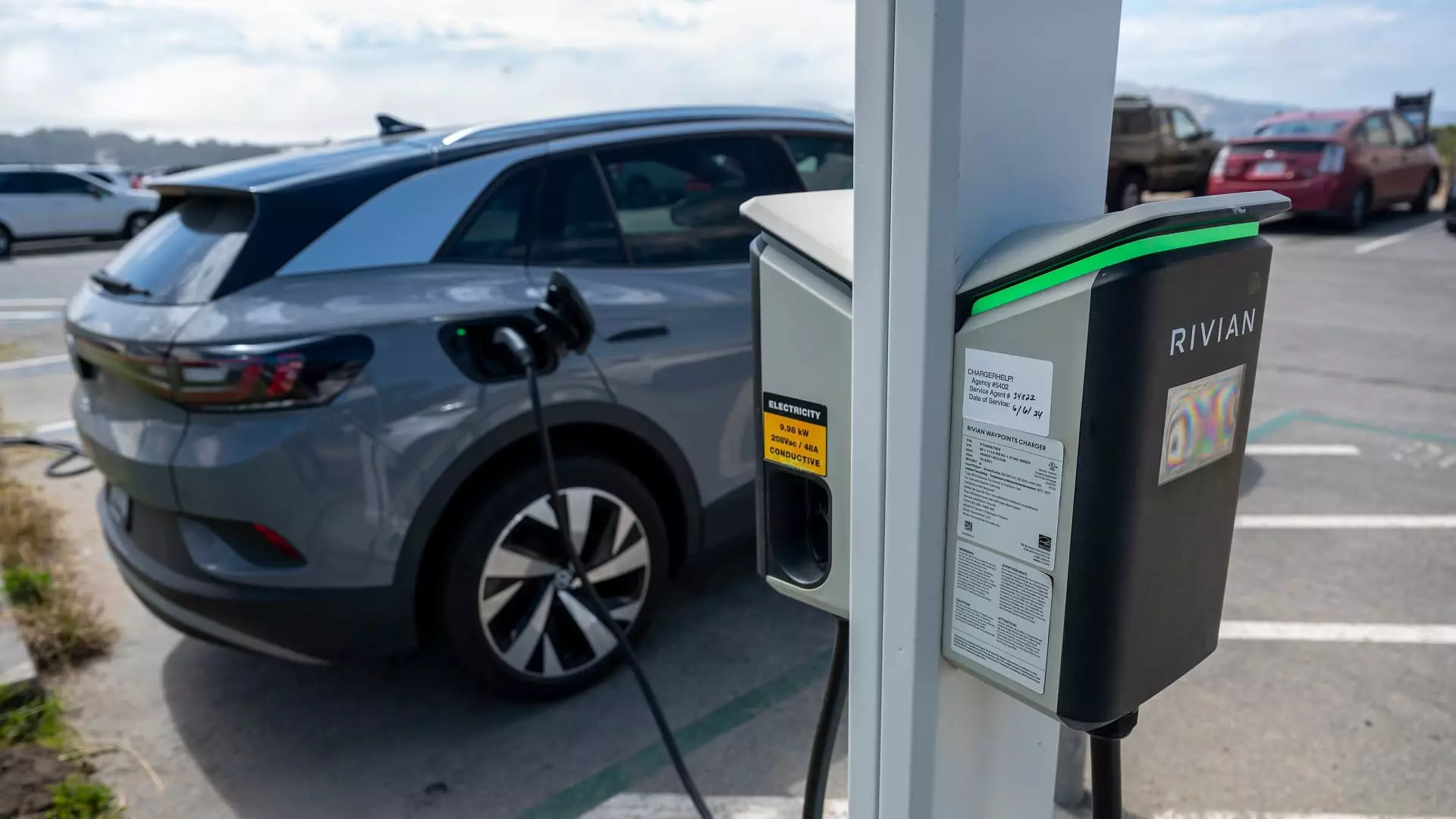When considering the purchase of an electric vehicle (EV) versus a traditional gasoline-powered car, it is important to weigh the initial cost against the lifetime cost. While EVs tend to have a higher upfront purchase price, the recurring costs for fuel and maintenance over time are significantly lower. Research shows that EVs can actually have a total lifetime cost that is lower than that of a gas-powered vehicle, depending on various factors such as the EV model, location of the buyer, and charging habits.
The ability of EVs to reach cost parity with gasoline cars is influenced by several key factors. One major driver is the decreasing cost of batteries, which is expected to make EVs more affordable in the future. Carmakers have already started reducing EV prices, and the government offers tax credits to qualifying buyers. However, achieving cost parity also depends on factors such as state incentives, utility discounts, and charging infrastructure availability.
Owning an EV can lead to significant long-term savings for the typical driver, ranging from $6,000 to $12,000 over the vehicle’s lifespan compared to a gas-powered model. Despite the initial premium that many people pay for an EV, the payback period on that extra cost can be favorable in the long run. Consumers need to consider the total savings and financial benefits when deciding between an EV and a gasoline car.
One of the key advantages of EVs is their lower maintenance requirements compared to traditional vehicles due to having fewer moving parts. Additionally, refueling an EV is significantly cheaper thanks to higher energy efficiency and lower electricity prices. The cost savings from reduced repairs and maintenance, combined with cheaper refueling costs, contribute to the overall affordability of owning an EV.
The total lifetime cost of an EV can vary significantly based on the geographical location of the driver. Regional differences in electricity and gasoline prices, as well as access to home charging, impact the financial benefits of owning an EV. In areas with lower gas prices and higher electricity costs, it may be more challenging for an EV to break even financially. The availability of home charging can also significantly reduce the lifetime cost of an EV, making it a more cost-effective option for some drivers.
Optimal Conditions for EV Affordability
Cities that are particularly favorable for EV ownership share common characteristics such as low electricity costs, high gasoline prices, moderate climates, and direct purchase incentives. Studies have shown that smaller EVs with lower ranges and longer-range models for compact cars and midsize sedans can offer cost savings over gas vehicles, even without tax incentives. However, the longest-range EVs, with ranges of around 400 miles, may still not be cost-competitive with gasoline vehicles, even with subsidies.
The cost savings and affordability of owning an electric vehicle compared to a conventional gasoline car depend on various factors such as the upfront purchase price, lifetime costs, regional variations, and individual driving habits. As EV technology continues to evolve and battery prices decrease, the financial benefits of owning an EV are expected to become more accessible to a wider range of consumers. It is essential for prospective buyers to consider the long-term savings and payback period when deciding between an EV and a gas-powered vehicle.

